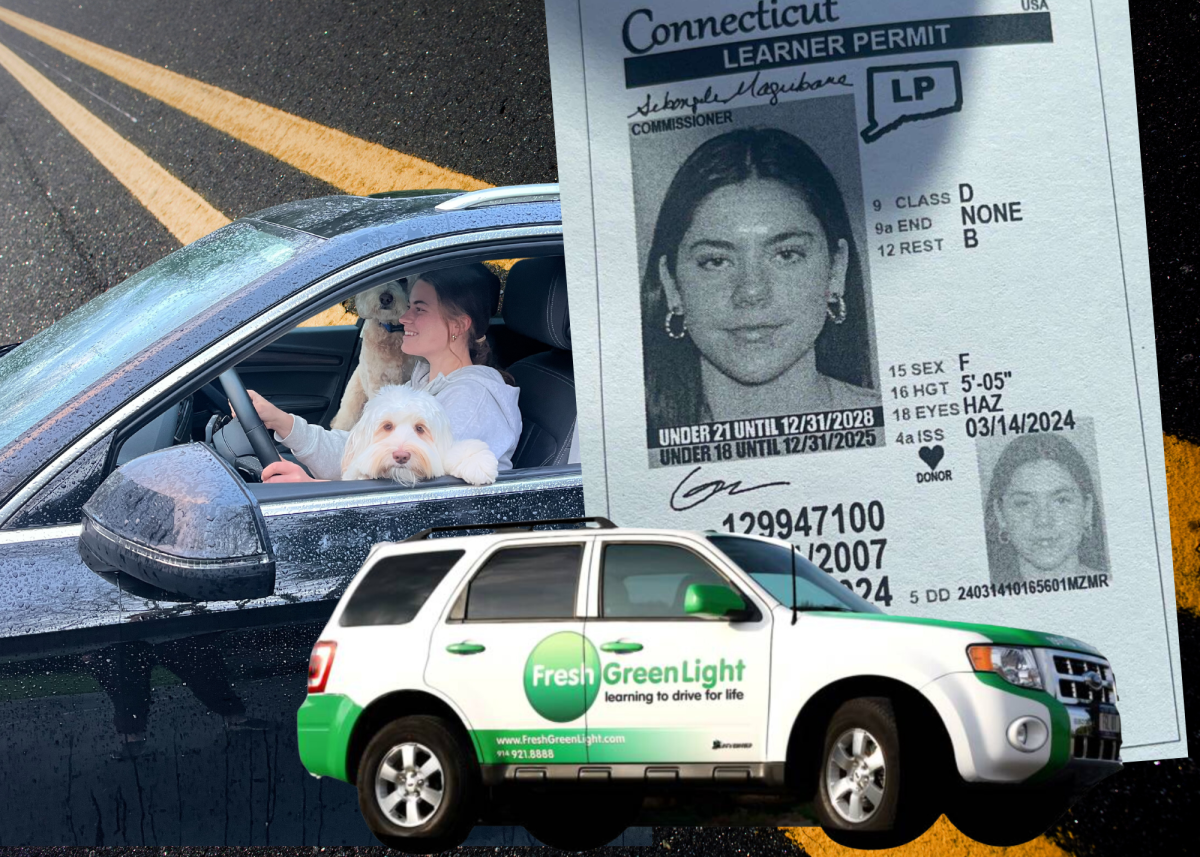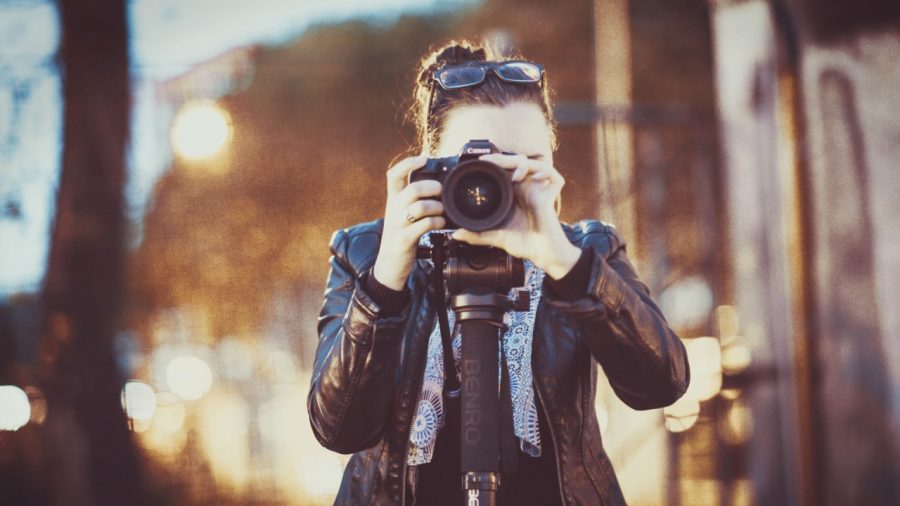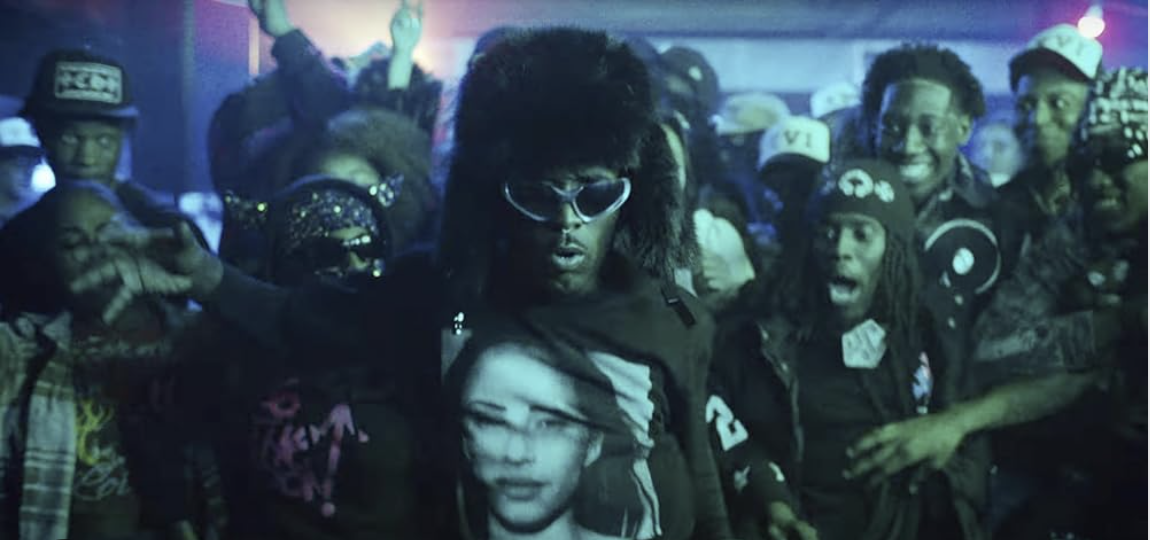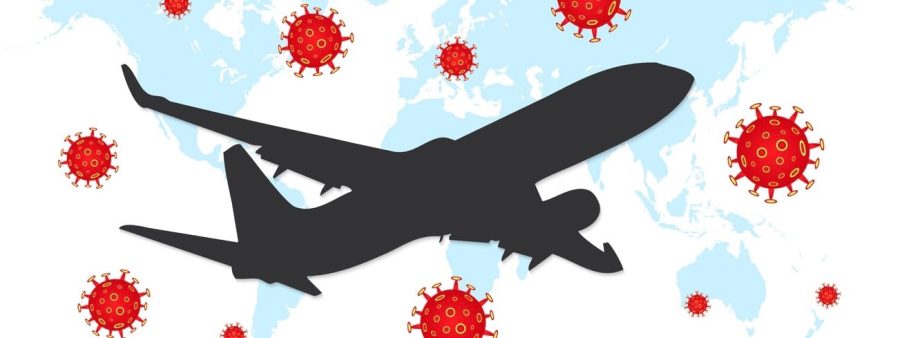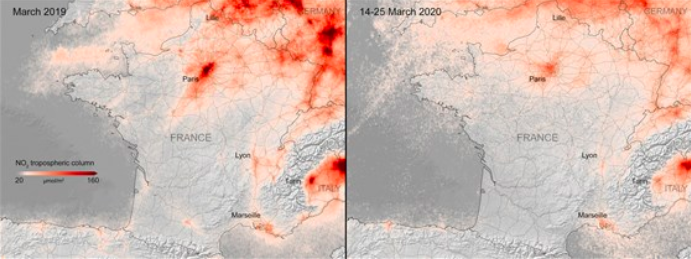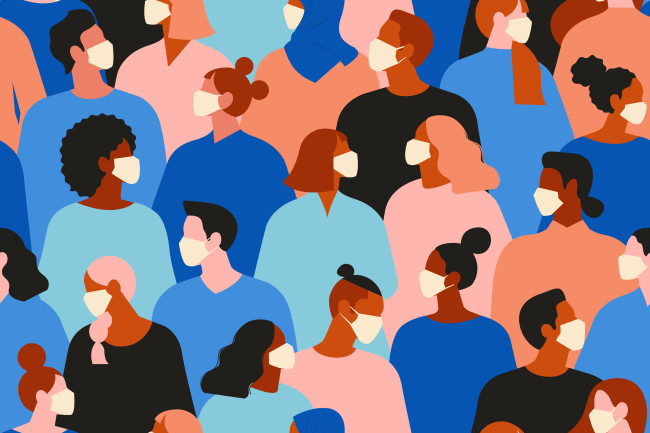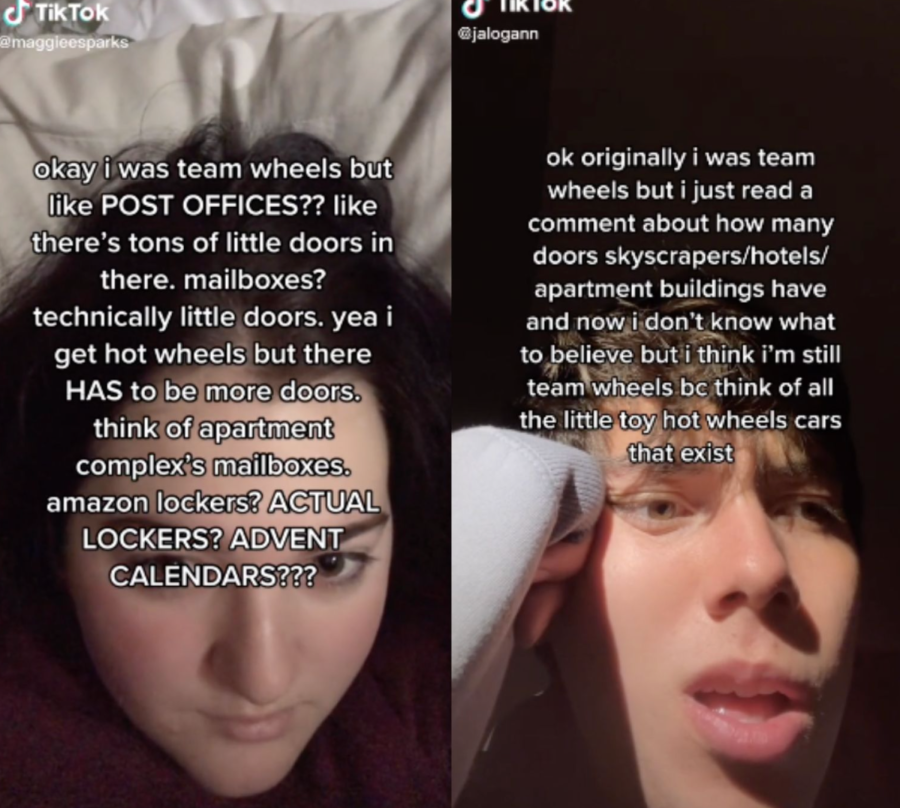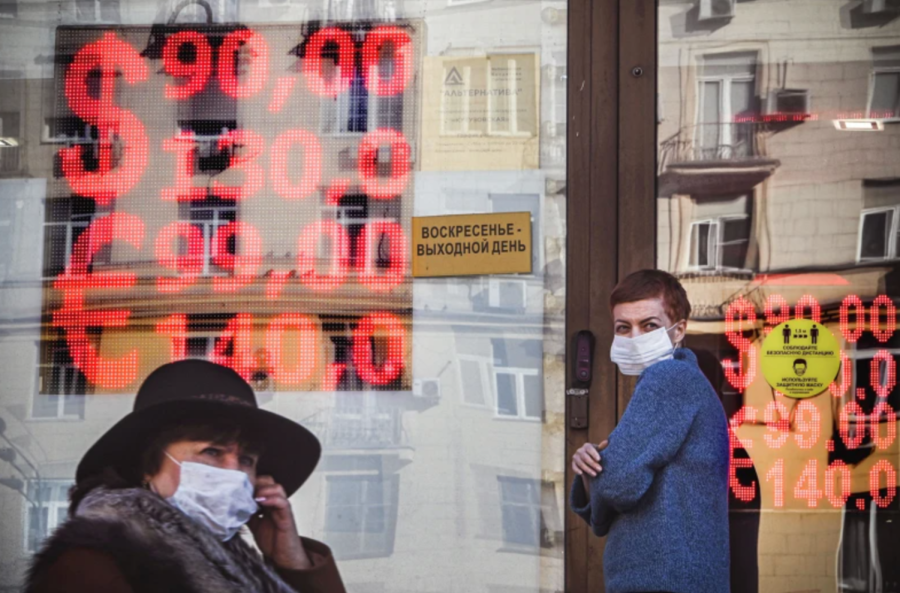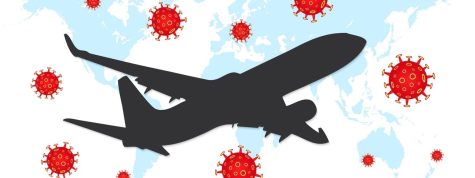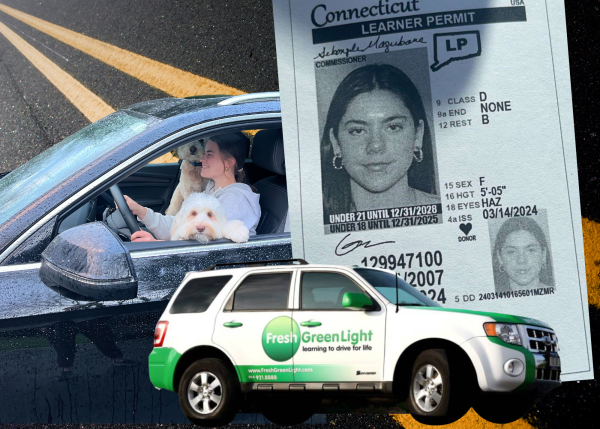What’s Up With Monkeypox?!?
More than 5,000 U.S. cases of monkey- pox have left people anxious, especially after the COVID-19 pandemic that rocked the world. With misinformation spreading faster than the disease itself, we did the research and compiled info and safety tips from reliable sources such as the CDC, WHO, and NYC. Let’s educate ourselves!
What is Monkeypox?
Monkeypox is a virus related to smallpox and cowpox and distinguished by a distinctive rash, which may also be accompanied by fever, headaches, muscle aches, swollen lymph nodes, and exhaustion. The first human instance of was reported in central Africa in 1970, and was first discovered in monkeys in Denmark in 1958. Since then, it has primarily affected people in west and central Africa, most frequently follow- ing contact with an infected animal, typically a tropical rainforest mouse, squirrel, or monkey.
How does it spread?
Through close physical contact between people including direct contact with the monkey- pox rash, scabs, or sores of someone who has the disease; contact with objects or fabrics, such as clothing and bedding, used by an infected person; contact with respiratory droplets and parti- cles.It can also be transmitted through intimate contact such as kissing, hugging, massages, cuddling, and sexual intimacy.
Experts are researching:
If the virus can spread through an asymptomatic person; if it can be spread through saliva, feces, urine, and other bodily fluids; how often the disease is spread through respiratory secretions.
Symptoms:
Similar to smallpox, but usually milder. Early symptoms are fever, muscle aches,swollen lymph nodes, fatigue, and chills.
Progression:
After developing a fever, a rash typically appears 1-3 days later. It can look like pimples or blisters and may be painful or itchy. The rash tends to concentrate on the face, soles of feet, palms of hands, mouth, eyes, and genitalia.

When not writing for GAP, McKenna can be found playing basketball, reading, and spending time with her friends. She enjoys history and watching video essays.

When not writing for GAP, Naomi can be found sleeping, baking cookies, and playing volleyball. She also enjoys reading and spending time with her friends.

